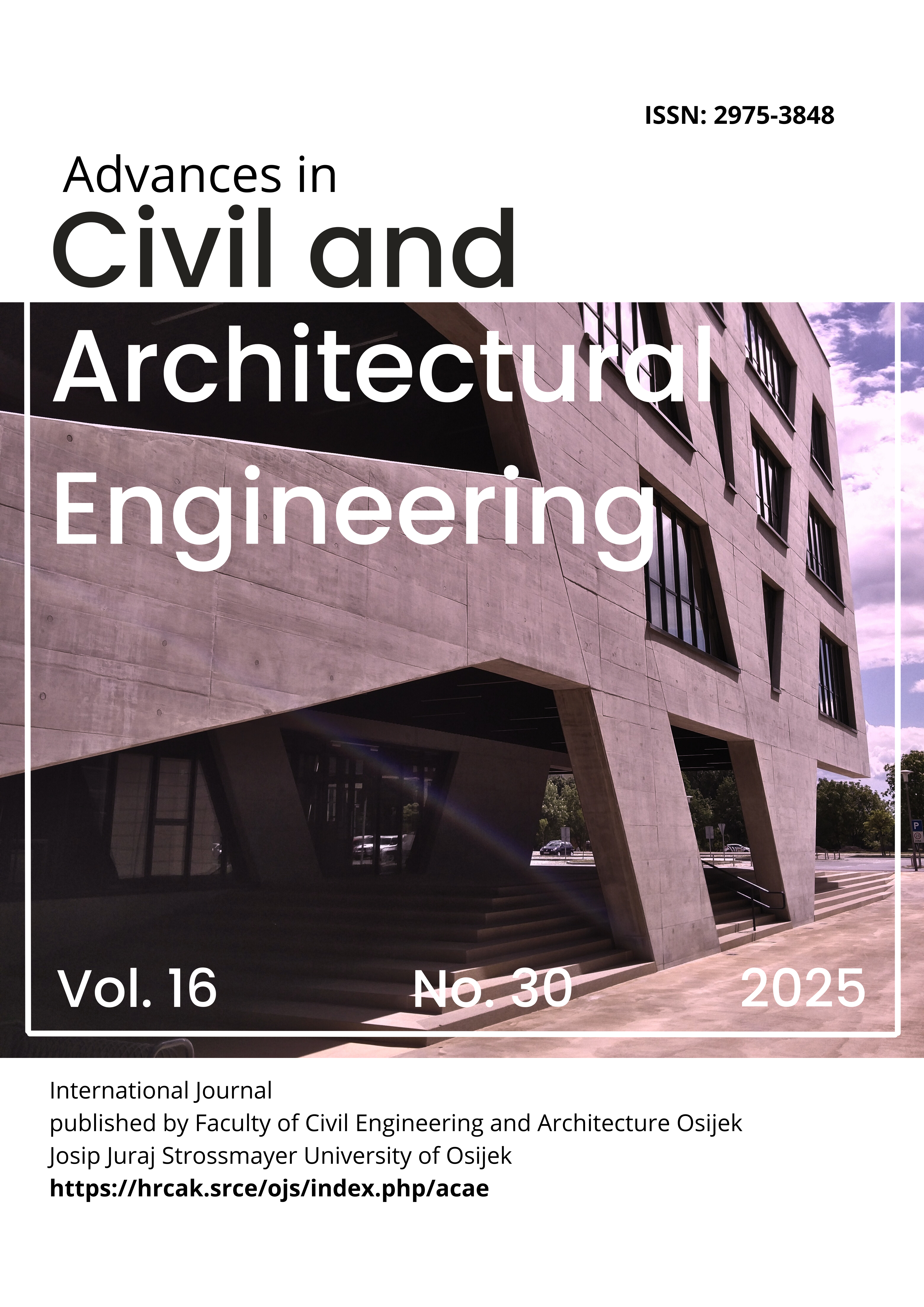Investigating the feasibility of utilising bagasse ash and reclaimed asphalt pavement dust in geopolymer mortar
DOI:
https://doi.org/10.13167/2025.30.11Keywords:
geopolymer mortar, machine learning, TGA, SEM, XRD, FTIRAbstract
Geopolymers offer a sustainable alternative by reducing environmental impacts while fulfilling construction needs. Their eco-friendly properties and performance contribute to lower CO2 emissions and minimise landfill waste through recycling. This study investigates the properties of geopolymer mortar incorporating bagasse ash (BA) and reclaimed asphalt pavement (RAP) dust as binders in varying percentage ratios of 0; 35; 65 and 100. An activation system consisting of sodium silicate (Na2SiO3) and sodium hydroxide (NaOH) in ratios of 1,0; 1,5; and 2,0 with a NaOH concentration of 10 M were tested to explore the polymerisation process. A dataset of 331 samples was created for use with machine learning algorithms and served as a benchmark to compare lab-tested compressive strength. Regression analysis using random forest, gradient boost, and extreme gradient boost regressors identified the range of the R² value from 0,57-0,73, MAE from 7,55-23,56 , and MSE from 123,45-583,75. The compressive strength (CS) of different mix designs was tested, ranging from 3,05-27,05 MPa after 28 days of testing. Thermogravimetric analysis indicated minor weight loss at specific temperature ranges, with more significant loss afterwards. Post-exposure to 1000 °C, a variation in compressive strength was noted owing to mortar matrix decomposition. The microstructural analysis identified the formation of C-A-S-H, N-A-S-H, C-S-H, and key crystallographic phases. This study provides valuable insights into optimising mixtures for targeted properties while facilitating large-scale landfill waste recovery, reducing environmental hazards, and replacing cement-based mortar, thereby contributing to sustainable construction practices.
Downloads
Published
Issue
Section
License
Copyright (c) 2025 Sajan Sharma; Shailja Bawa

This work is licensed under a Creative Commons Attribution 4.0 International License.

